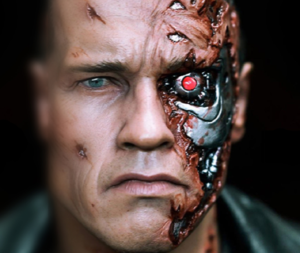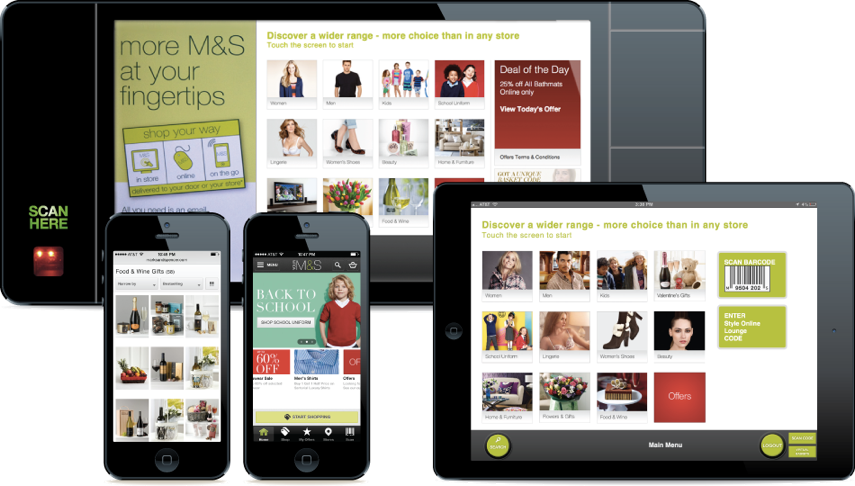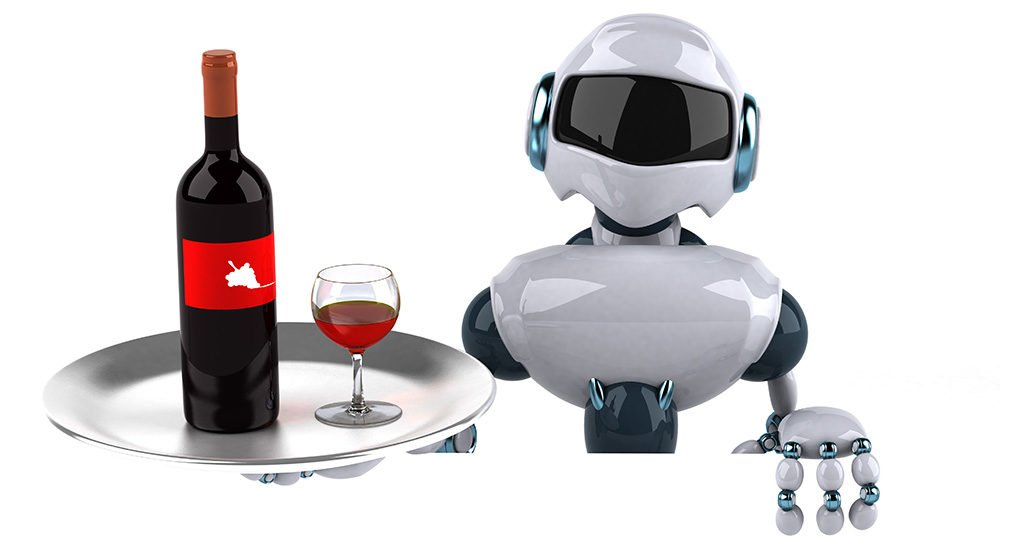 Following recent changes in the UK and US of the National Living Wage and Minimum Wage, many Hospitality and Retail operators have turned to automation to off-set their growing staff costs. A knee-jerk reaction might be to think that the robots are here to take jobs and ruin lives but there are several very valid reasons why there’s no need for a gun-toting John Conner just yet.
Following recent changes in the UK and US of the National Living Wage and Minimum Wage, many Hospitality and Retail operators have turned to automation to off-set their growing staff costs. A knee-jerk reaction might be to think that the robots are here to take jobs and ruin lives but there are several very valid reasons why there’s no need for a gun-toting John Conner just yet.
Taking a more measured approach, self-service doesn’t mean the ruthless, Terminator-style replacement of man with machine. Quite the opposite, restaurants, cafes, bars and other Hospitality venues will always have guests that prefer the human touch or even require additional help from a member of staff so why not get the best out of all your channels whether it be online, face-to-face, mobile or kiosk?
What the Hospitality industry can’t resist for much longer is a complete ‘redefinition of service’ – as seen in many other industries such as Travel, Banking and Retail. Businesses in these industries have recognised that mobile and other self-service channels are no longer considered a ‘nice-to-have’ by consumers, instead there is an inherent expectation for mobile and other forms of digital self-service. Not only are they expecting to be served online, on mobile and on kiosk but they expect a seamless, friction-free experience as they cross from one channel to another depending on their needs or preference at that specific point in time.
Take Retail for example. British institution, Marks & Spencer, rolled out hundreds of futuristic-looking, self-service kiosks so shoppers could easily browse their complete line of products making it quicker and easier for them to find what they’re looking for. The kiosks also enabled payment meaning shoppers no longer need to queue as they can check-out themselves using secure chip and pin. Marks & Spencer’s digital overhaul doesn’t end there. Their mobile-friendly website and app allows customers to interact, transact and communicate with the brand through whatever channel they feel like using at the time.

You may ask why an omni-channel approach is necessary, aren’t all these multiple ways of browsing and shopping a bit overkill? When you take a closer look at customers’ digital behaviour nowadays, the answer is a resounding: no. 46% of smartphone users say they couldn’t live without their phones – and that’s regardless of age. Millennials check their phones on average 43 times a day and customers looking for a company on their smartphone expect a mobile friendly website (62%), a mobile app (42%), and a location-specific experience (23%). If you ever wonder where your customers are hanging out, it’s online.
A customer’s channel of choice now depends on their need. For example, if they require expert assistance they may choose to go in-store and have a more in-depth chat with a member of staff, if they’re in the research stage of their purchasing decision they may choose to browse products and digest information at their own pace online, if they’re in a hurry and there’s a long queue at check-out, they may choose to pay for their item at a kiosk or via their phone. And it’s not about choosing one channel over another but making sure customers can move from one channel to another in a consistent, seamless way. For example, customers may want to start a purchase online then collect and pay instore or check-in for their flight online but then have airline staff print and process their bags for them. Redefinition of service is all about choice and being able to offer the consumers the most suitable means of interaction as and when their need or preference dictates.
 So what does this mean for Hospitality? By allowing a restaurant app or in-store kiosks to take care of those guests who prefer the convenience of mobile, who are in a hurry or who simply don’t feel like speaking to eager staff after a long day of travelling means you can let your employees focus on great customer service elsewhere, targeting those higher value, VIP guests who want or need additional attention.
So what does this mean for Hospitality? By allowing a restaurant app or in-store kiosks to take care of those guests who prefer the convenience of mobile, who are in a hurry or who simply don’t feel like speaking to eager staff after a long day of travelling means you can let your employees focus on great customer service elsewhere, targeting those higher value, VIP guests who want or need additional attention.
As many restaurant owners and other Hospitality operators turn to self-service to make savings and even drive ancillary revenues, it’s important that they strike a balance between blind efficiency and the unique benefits of the ‘human touch’. A recent report found that businesses looking to reduce customer service costs risk a fall in customer satisfaction rates if there was an over reliance on technology that was not backed up by the option of expert human contact.
By taking a strategic look at the complete redefinition of service, making sure staff are strategically redistributed to areas where you get the most value from guests and allowing them to move seamlessly from human to digital, you can optimise all your service channels driving higher revenues from each as you go and ensuring the best possible experience for every customer.





